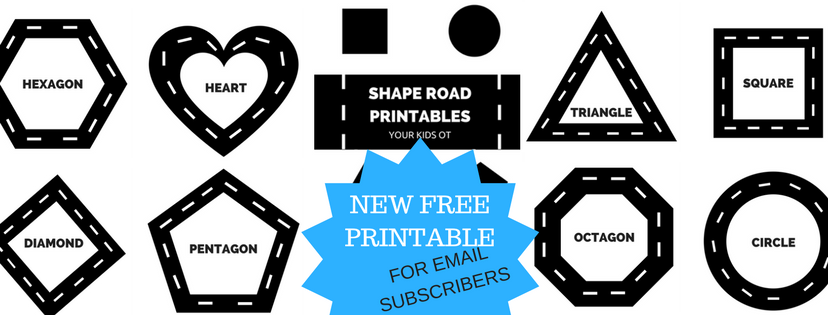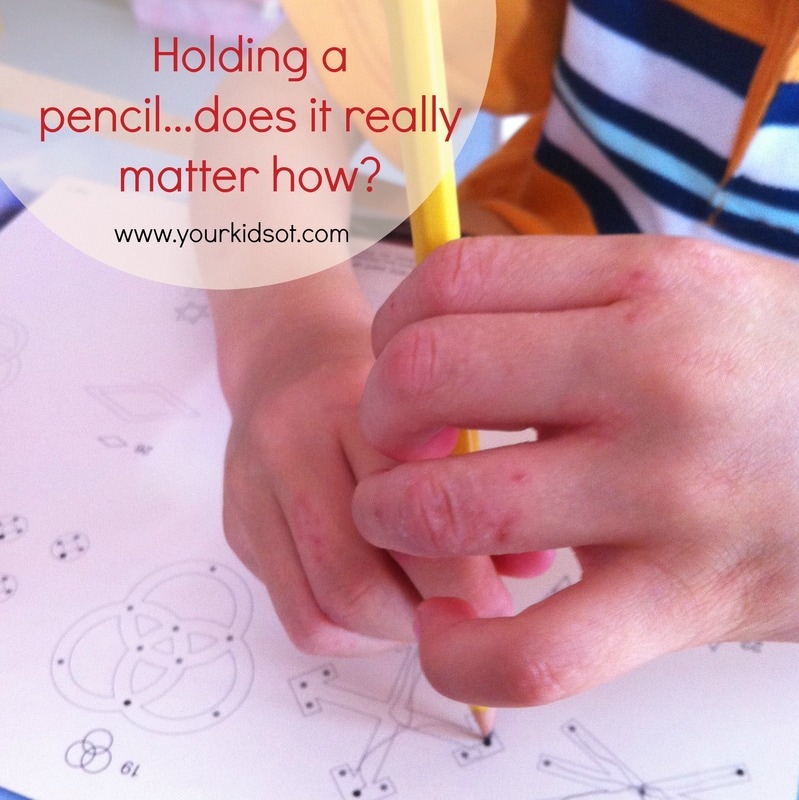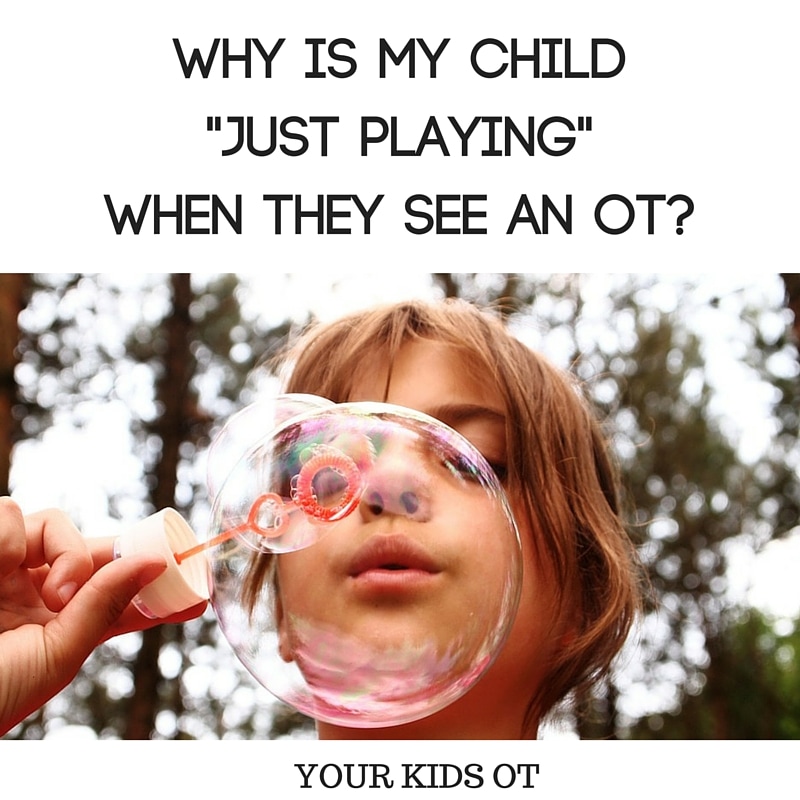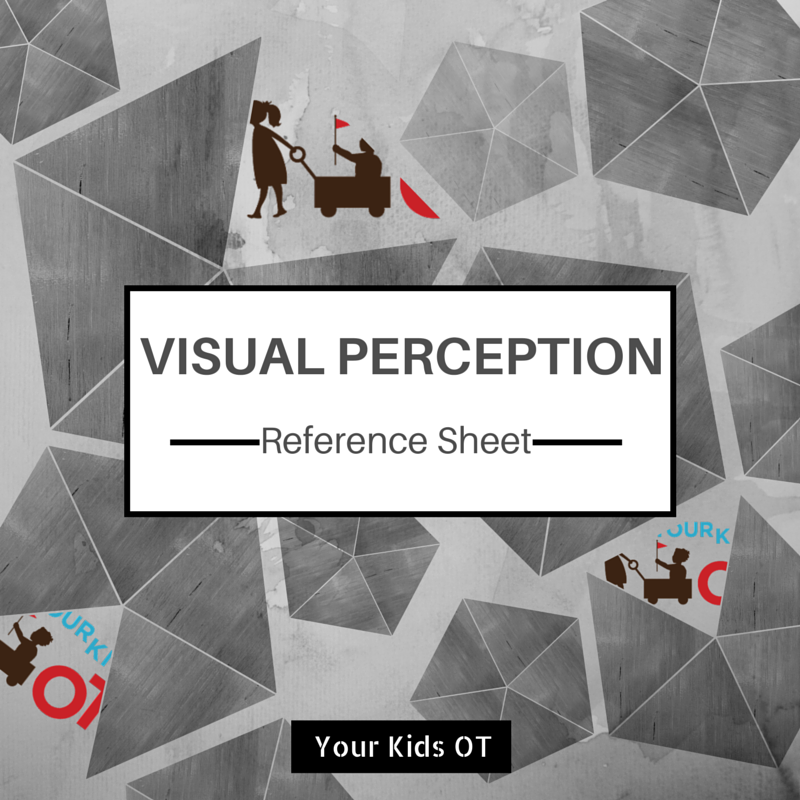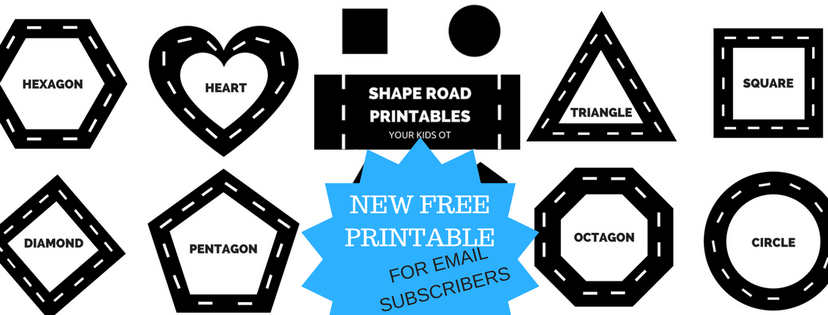|
Affiliate links are used throughout this website to promote products I love and recommend. I receive a commission if any purchases are made through these links. Please see my disclosure policy for more details. Do you have a child who pushes down too hard onto the page when writing? Do they push so hard that the page tears or you can see their work through several pages? or Do you have a child who writes too lightly on the page... so lightly you can't see what they have written? Have you tried brush markers? Brush markers are a popular tool for those who do faux calligraphy and hand lettering. If you search Pinterest, Instagram or You tube... you will find many experts showing you how to use brush markers and the beautiful art work they can create. I'm a novice when it comes to faux calligraphy and hand lettering, but I do enjoy trying! I've been practicing with "brush markers" for a couple of years now and what do they say ... "practice makes progress"! Brush markers are marker pens or textas that have a soft tip. Depending on the amount of pressure you apply to the marker will determine the thickness of the stroke. You can see this in the writing below. Heavy pressure on the marker will produce a thicker stroke on the page and light pressure on the marker will produce a think stroke. Brush markers are a wonderful way to work on pencil pressure! In comparison to other textas and crayons, brush markers provide sensory feedback (proprioception) as the marker responds to the amount of pressure you apply. Children can see for themselves what happens when they press down "too hard" or "too lightly" with the feedback to their muscles and joints that often can't be described to them. Brush markers are fantastic for writing letters as seen above. I often have children write their names and if they have learnt cursive writing, they can be taught some basic faux calligraphy. The essence of faux calligraphy is to push down with more pressure on the "down strokes" of a letter and to reduce the pressure so there is a thin line on the "upward strokes" of a letter. Brush markers are also a fantastic tool for colouring in pictures. I have paired brush markers with my printable "5 Mandalas to Practice Pencil Pressure" which you can purchase from the Your Kids OT shop. "Mandala" originates from sanskrit and means "circle", however they have now become a tool for mindfulness and self expression. Brush markers are available in many different brands. The brush markers I use are called Artline Stix (not sponsored). I like them as there are a range of colours, they are economical and they have a triangular shape to grip onto (encouraging a tripod grasp). Kids also love them as they can be linked together. Watch how I use brush markers to write the heavy and light strokes in this video. If you have trouble viewing this video, please try this you-tube link https://youtu.be/q8A2NkpQ3zU For more information about "too much pencil pressure" go to "Why Your Child Presses Too Hard When Writing" from Miss Jaime OT! For more information about "too light pencil pressure" go to "Why Your Child Presses Too Lightly". Do you know a child who struggles with pencil pressure on the page? Have you tried brush markers?
The information on this site is general in nature. The activities are safe for most children, however, you should consult an Occupational Therapist or health professional to address specific movement, sensory or other medical conditions.
You may also like: Affiliate links are used throughout this website to promote products I love and recommend. I receive a commission if any purchases are made through these links. Please see my disclosure policy for more details. Christmas is fast approaching! In Australia, the school year is almost at a close and there is talk about holidays and summer. Christmas is only about one month away! No, I can't believe it either! I've created an activity sheet that would work well on the Christmas table with your kids! Therapists may like to use it their sessions or give it to their students as a holiday activity. There is plenty to do on the activity sheet including a find-a-word, gingerbread man search, colouring and drawing! Your child can work on their visual perceptual skills as well as pencil control whilst having fun with this activity sheet! Simply subscribe to claim your FREE Christmas Activity Sheet as a thankyou! (Current subscribers will only be added once to the list) THIS ACTIVITY SHEET NOW INCLUDES 4 PAGES IN 2018!Looking for more Christmas activities and printables? Find all the Christmas activities from this site HERE! Have you started thinking about Christmas?  Cindy Chuan is a registered Occupational Therapist practising in Sydney Australia. She has two young children who are a constant source of inspiration and learning. Cindy loves working creatively to help children to reach their potential, finding opportunities in everyday living and making learning fun. Cindy is the author of the Occupational Therapy blog Your Kids OT
"Different, Not Less" Dr Temple Grandin.
Dr Temple Grandin is internationally recognized as a renown scientist and spokesperson about her own life as a person with autism. She seeks to help others to understand that people with autism may have differences which make them unique and special. Dr Grandin shares her own experiences so others can gain insight; demystifying what it means for someone to have autism, helping to remove preconceptions and prejudices. "The Girl Who Thought in Pictures: The Story of Dr. Temple Grandin" is a wonderful picture book written by Julia Finley Mosca and illustrated by Daniel Rieley. Presented as a children's book with rhyming couplets and engaging pictures, the book outlines Dr Grandin's life including her struggles in childhood (such as speech, regulating her emotions, social interactions with teachers and peers). The reader journeys with Dr Grandin as she discovers her own unique features and recognizes that she is "different, not less". Whilst the book provides a simplified version of Dr Grandin's life, it provides an age-appropriate introduction to Autism for children to understand. It introduces concepts and themes about visualization (seeing in pictures), difficulties with communication and social skills, acceptance of support, facing adversity, accepting one's weaknesses and strengths, problem solving and learning from mistakes. All children will be able to relate to these themes. We learn how Dr Grandin's perseverance and determination helped her to "march right through that door", leaving readers with a powerful message to embrace their unique characteristics and to stand tall when facing challenges or new experiences. At the end of the book, there is a letter by Dr Grandin to the reader, some fun facts and a timeline of her life. These supplements help the adult reader to understand more about this incredible woman, providing more of the "back story" for those who may be reading about Dr Grandin for the first time.
TheWorld Health Organization (April, 2017) report that the prevalence for autism is now 1 in 160 children. This means that most children will know of a child who has autism; whether this is within their own family, their school environment or local community. Despite the prevalence of autism, there continues to be many prejudices and preconceived ideas about autism in our society. Books such as "The Girl Who Thought in Pictures" are important for educating both our children and society at large, introducing them to autism in a way that can be related to through the life of Dr Temple Grandin.
I highly recommend this book to families, therapists and schools. I have created a set ofprintable resources to accompany this book which includes writing prompts for a character study, story re-tell, an examination of the themes and a word find puzzle. These printables are FREE for a limited time (offer ends October, 2017), so download them today and buy the book!
Also available from our TPT store!
Have you read "The Girl Who Thought in Pictures: The Story of Temple Grandin"? I would love to hear what you think of the book!
Disclosure: This product was gifted to Your Kids OT for the purposes of a review. Reviews and endorsements of products will only be made based on my expertise and personal opinion; and deemed worthy of such endorsement. The opinions shared in sponsored content will always be my own and not that of the advertising company or brand. Affiliate links may be found throughout this website in advertising. This means that if you follow through with a purchase from these links, Your Kids OT will receive a percentage of the sale.
You may also like:
MESS FREE? ✔
EASILY TRANSPORTED? ✔ FUN AND ENGAGING? ✔ MORE THAN ONE THERAPY GOAL? ✔ This activity ticks all the right boxes for a mobile occupational therapist! Have you heard of Q-tip painting? (Q-tips are also called "cotton tips" in Australia and are usually found in the personal care section of a supermarket). Q-tip painting has been quite popular in the last few years with Q-tips used as paint brushes dipping into paint and making "spots" onto various printables available. Last year, I put together my Q-tips and my ink pads... creating Q-tip stamping! It was a hit with my kids; providing the same fun engaging activity without the MESS! This is why I love Q-tip stamping!
This is an activity that would well in a classroom, at home or in an OT session! You could shrink down the pages and turn them into a card or display the finished pictures!
Have you tried Q-tip STAMPING before? Do you have other mess-free activities that you use in therapy sessions? If you try this activity for yourself, I would love to see it! Tag #yourkidsot on Instagram or email me at [email protected] Don't forget to download yourFREE EASTER Q-TIP PRINTABLE HERE!
You may also like:
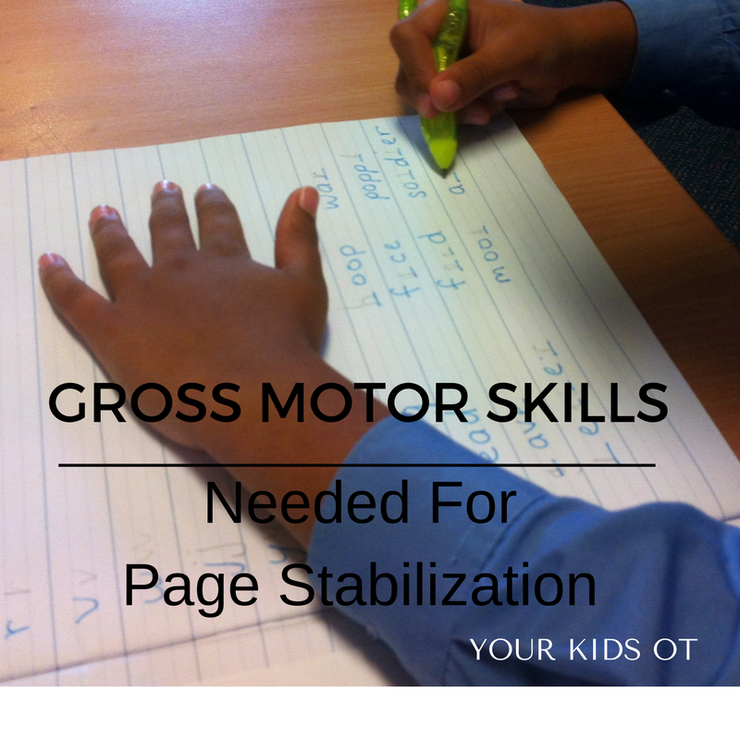
Affiliate links are used throughout this website to promote products I love and recommend. I receive a commission if any purchases are made through these links. Please see my disclosure policy for more details.
Put your left hand on the page and have your right hand do the "writing".
Hold the page not your head. Don't let your page wiggle! Do these phrases sound familiar to you? There are some kids who can't seem to hold their page still on the table. The paper flies off the table, moves as it is being written on or even gets crumpled under their hand. This makes drawing and writing really tricky! Ideally at the table, children use their dominant hand to hold a writing implement and use their non-dominant hand to stabilize the page they are working on. They provide just enough pressure so that the page does not move. The dominant forearm also rests on the page with their fingers and hands controlling the pencil. Did you know that the ability to stabilize a page on the table may be due to core muscle weakness, poor bilateral coordination and poor shoulder stability? How??? Core Muscle Weakness Core muscles can be considered "as the sturdy central link in the chain connecting your upper and lower body".* Core muscles describe both the muscles which assist with stability as well as those which enable trunk movement. ** What you might see in the classroom:
Core muscle strength can be developed through a wide range of activities. Organized sports such as swimming, basketball, gymnastics etc will assist with fitness and regular strengthening activities. Children can also develop core muscle strength through traditional exercises such as sit ups, push ups, holding a plank position, squats to stands, etc. Through play activities, children can build core strength without realising it. These might include using a hula hoop, pushing heavy wagons, crawling through tunnels, climbing on ropes, jumping on a trampoline, pulling a sibling on a towel, an obstacle course of pillows, relays in the yard picking up various objects to carry, riding a bike, etc. Bilateral coordination Bilateral coordination/integration is the ability to use both sides of the body at the same time in a coordinated way. What you might see in the classroom:
Read more aboutbilateral coordination HERE or obtain a copy of the bilateral integration reference sheet with over 50 activity suggestions HERE !
Shoulder Stability
Shoulder stability refers to the ability to contract (pull together) the muscles on either side of the shoulder joint to hold the shoulder steady. This allows the arm to be held in different positions while the forearm and hand do an activity. *** What you might see in the classroom: A child with poor shoulder stability may use their whole arm to control their pencil rather than using their fingers.
Shoulder stability can be developed with tummy time and crawling (for all ages)! Read more about this HERE! For further activity ideas to assist shoulder stability have a look at OT MOM LEARNING ACTIVITIES SHOULDER GIRDLE EXERCISES FOR KIDS! Do you have a child who struggles to stabilize the page on the table during writing? Do they have difficulties with any of these gross motor skills?
Disclosure: Affiliate links are included in this article to promote products that I recommend. This means that if you follow through with a purchase from these links, Your Kids OT will receive a percentage of the sale. Reviews and endorsements of products will only be made based on my expertise and personal opinion; and deemed worthy of such endorsement. The opinions shared in sponsored content will always be my own and not that of the advertising company or brand.
References:
* Publications, H. H. (n.d.). The real-world benefits of strengthening your core. Retrieved February 07, 2017, from http://www.health.harvard.edu/healthbeat/the-real-world-benefits-of-strengthening-your-core ** Khadir, S. A., Knight, K., Bras, S., Rhule, V., & Pagare, V. Core stability - Physiopedia, universal access to physiotherapy knowledge. Retrieved February 7, 2017, from http://www.physio-pedia.com/Core_stability *** Royal Children's Hospital Melbourne, 2005. Occupational Therapy Kids Health Information: Shoulder Stability and Control. Retrieved February 07, 2017, (n.d.) from http://www.rch.org.au/uploadedFiles/Main/Content/ot/InfoSheet_F.pdf
You may also like:
*** FREE PRINTABLE NO LONGER AVAILABLE. Undated "All about me" and "All about my Class" can be foundHERE ***
Start 2017 with a FREE printable to document "All about Me" and "All about my Class". These sheets are perfect for the classroom or for an OT session. You could even do this at home. The "All about Me" printable includes a place to draw a selfie, write your name, record your age, grade and teacher's name. You can also write in the colour of your hair and eyes as well as your favourite food, book and colour. There is a place to write what you like to play and who is in your home. Images may be coloured in and words decorated. The "All about my Class" printable could be enlarged and used for the whole class. It could also be printed for each individual child to record the name of your class, school and teacher. You can count the number of boys and girls. Then figure out what colour hair and eyes each student has, recording this on the printable. Images may be coloured and words decorated. Download these FREE PRINTABLES HERE! (2018 NOTE: NO LONGER AVAILABLE) I know teachers and OTs are busy lesson planning during the school holidays for the school year ahead! So share this with your teacher and OT friends! Let me know if you use these in your classroom or OT clinic!
You may also like:
One month until Christmas and it is time to put up the decorations!
Only a few more OT sessions before we stop for the year! Are you in Christmas-mode yet? My facebook news feed has started to have more and more options to celebrate this festive season! Recently, I came across this "DIY PAPER CHRISTMAS TREE" idea by Krokotak! I thought it was wonderful but wanted to make it a little more structured for my kids who find it difficult to cut without a line to follow. This little craft will work on a number of skills whilst having fun! There will be scissor skills, fine motor manipulation, left and right bilateral coordination skills as well as planning and sequencing skills!
What you will need:
Instructions:
This is an adorable tree that you could hang up in the classroom. You could also add a string to hang it is an ornament on your real Christmas tree! Don't forget to print out theFREE template so you can start creating this tree with your kids! I would love to see your creations if you try this at home. Tag @yourkidsot on Instagram or Facebook! I can't wait to see your trees!
You may also like:
It is all about you!
The biggest compliment for me is when one of my readers (that's right, you) send me a message to say that you have read one of my articles and are putting my ideas into practice! Recently, Phillippa Morassi Registered Counsellor contacted me to tell me that she had created a little activity from my "Sea Life Sensory Solutions" Printable". (If you don't know what this is, please read the full article here! It has been the most popular FREE printable from my site in 2016!). Phillipa made the printable into a colouring activity for a 4 year old whom she was seeing for play therapy. The idea was to colour it in, cut it out and write instructions on the back as a "prompt" for remembering what to do to help her calm down! What a brilliant idea! Here is a photo of what Phillippa did. A big thank you to Phillipa for contacting me! I loved this idea so much and I thought you might like it too! I have created some simple colouring pages for you to use along side the original "Sea Life Sensory Solutions". Download the free colouring pagesHERE! Have you put any of my blog ideas into practice? I would love to hear from you!
You may also like:
Shuffle shuffle. The 8 year old was shuffling along his chair and almost fell off. Why was he doing this?
Left hand. Right hand. Together. The 6 year old girl could not decide which hand to hold the crayon. Snip snip. Hang on! This kid was just using a different hand when holding his pencil! This child can't sit cross-legged on the floor! They either flop about or sit with the legs in a "w" position. Have you seen any of these common issues in the classroom? Hand preference, crossing the midline, bilateral coordination are all related concepts. Read on and let me explain how! Development of Bilateral Coordination Bilateral coordination/integration is the ability to use both sides of the body at the same time in a coordinated way. Babies develop symmetrical bilateral coordinated movements at 3 months of age (Beery, 2010). They bring objects to their midline (ie. the imaginary line running through the middle of a person separating left from right). Both hands move simultaneously and symmetrically. This skill continues to develop as a child matures, develops muscle tone and control. Examples of symmetrical bilateral coordination include clapping hands, holding onto a cup with two hands to drink, banging a pot with both hands together, using a rolling pin and banging two blocks together. Reciprocal bilateral coordination can be seen when both sides of the body are performing the same actions in an alternating pattern (ie. reciprocal pattern). This may include just the upper limbs or just the lower limbs or a combination of both. Early signs of this include crawling, shaking percussion instruments with alternating hands and walking. Assymetrical bilateral coordination can be seen when both sides of the body are used to perform one activity. One hand acts as the "worker" (dominant) and one hand acts as the "helper" (non-dominant). Both hands play important roles in a variety of bilateral tasks. Handedness (the identification of a dominant hand) is important for the development of fine and gross motor skills. It enables more refined development of the "work" hand to be "skilled". In the brain, this means that cerebral dominance is localized to one hemisphere (ie. lateralized brain). Everyday examples of assymetrical bilateral coordination include using one hand to hold scissors to cut whilst the other hand manipulates the paper, turning a screw bottle top with one hand whilst the other hands holds the bottle, using a screwdriver to turn whilst holding the screw steady, squeezing toothpaste onto a toothbrush whilst holding the toothbrush steady, etc. Through natural opportunities to explore and play, children develop a hand preference (one hand is preferred or chosen) and handedness (one hand is more reliable for use across a range of skillful acts). (Erhardt and Sava, 2008). The age which children demonstrate hand dominance has been quite varied in research stating development anywhere between 5 and 9 years of age (Kaufman, Zalma and Kaufman, 1978). Erhardt (2008) describes the essential developmental components for acquiring hand preference includes postural control, eye-hand coordination and perceptual concepts such as body image. Therefore mixed dominance (where there is no clear choice) should be considered as a symptom of dysfunction (rather than a cause) in areas such as handwriting and cutting. Kaufman, Zalma and Kaufman (1978) also found that preference for the right or left hand is related to knowledge of right versus left with greater mastery or right-left discrimination displayed by youngsters with a consistent hand preference. But wait!.... I hear you say! My child can use both hands equally well. They are ambidextrous! Research has shown that the percentage of true ambidextrous people in the community is quite small. Here is where you can choose your own adventure ( I used to love those books as a kid). If your child is ambidextrous (ie. mixed dominance) and this is not affecting functional tasks, bilateral coordination or the classroom issues mentioned previously then GREAT! Please feel free to skip over this article. If your child has not developed a hand dominance and it is affecting their functional skills then keep reading! Crossing the midline The ability for one side of the body to “crossover†to the other side of the body. This requires good core stability, trunk rotation and body awareness. In the brain, this requires the left and right hemispheres of the brain to communicate across the corpus collosum (the connection between the two sides of the brain). The ability to "cross the midline" is an important skill for kids every day. Examples include sitting cross-legged on the floor, cutting with scissors, reaching across to put on shoes, drawing a diagonal line, unzipping a school bag. Kids sometime compensate for difficulties with crossing the midline by demonstrating some of the problems I listed earlier. They may switch hands when the pencil reaches the midline. They may adjust their work so it is always on the "writing side". They may move themselves along the chair so that the work is kept on the "writing side" as they write along a line.
Associated Problems with Bilateral Coordination.
When considering bilateral coordination, there are a number of associated problems that need to be considered as well.
INTRODUCING MY NEWEST REFERENCE SHEET! The "Bilateral Integration and Laterality" reference sheet is a comprehensive guide to bilateral integration! It covers everything in this article as well as over 50 activities to help your child with bilateral coordination skills. This reference sheet has been kindly reviewed by some wonderful therapy bloggers! A big thanks to my colleagues for reading, commenting and reviewing! Read what they are saying about it! "It is incredibly thorough and the checklist is a thoughtful way to provide reasoning for activity use during treatment or education."Becca @ OT Mommy Needs Her Coffee "It is very visually laid out for ease of reading".Laura @ Easter Seals DuPage & Fox Valley "I love how easy it is to follow and understand, especially for parents. But it is also a great refresher for therapists too!" Heather @ Growing Hands On Kids Purchase your copy of the "Bilateral Integration and Laterality Reference Sheet" HERE! As a special introductory offer, you can purchase the BI reference sheet as a bundle with my other popular reference sheets: pencil grasp, sensory, visual perception skills. Purchase your bundle HERE!
Do you know a child with difficulties with bilateral coordination?
References
Summer holidays in the northern hemisphere and Winter holidays here in the southern hemisphere. Don't stop writing over the holiday breaks! Encourage your child with some themed writing about the season they are in!
The Summer Holiday Writing Prompts Pack includes writing about expectations, what happens when the car stops and a letter to a friend. The Winter Holiday Writing Prompts Pack includes writing about a trip to the snow, things you have to wear during winter and what you might be missing about Summer! Both packs also include a "who/what/when/where grid" for your child to choose the prompts used to write a story with an introduction, complication and resolution. These packs are designed for young writers who need help with story ideas (approximately grades 2 and 3). It provides scaffolded lines to help with writing size and placement. |
AuthorHi, I'm Cindy and I am an Occupational Therapist. I enjoy working creatively with children to see them reach their potential. Read more about me here. SEARCH THIS SITE
Archives
June 2024
Categories
All
Popular Posts |
Join the YKOT e-newsletter!
Subscribe to get our latest content by email and receive
the SHAPE ROADS PRINTABLE NOW!

Success! Now check your email to confirm your subscription and receive your free printable!
Join our Mailing List!
Subscribe to get our latest content by email and receive
the SHAPE ROADS PRINTABLE NOW as a thankyou!

Success! Now check your email to confirm your subscription and receive your free printable!
Disclaimer: The information on this site is general in nature and should be used for educational and entertainment purposes. The activities are safe for most children, however, you should consult an Occupational Therapist or health professional to address specific movement, sensory or other medical conditions. This blog does not replace formal therapeutic professional advice given by a health professional or medical practitioner. Reviews and endorsements of products will only be made based on my expertise and personal opinion; and deemed worthy of such endorsement. The opinions shared in sponsored content will always be my own and not that of the advertising company or brand. Content, advertising space or posts will be clearly identified if paid, affiliated or sponsored. Affiliate links may be found throughout this website in advertising. This means that if you follow through with a purchase from these links, Your Kids OT will receive a percentage of the sale. Your Kids OT undertakes to meet the requirements of the "Social Media Policy" as published by Australian Health Practitioner Regulation Agency (AHPRA). Further information about this policy can be found here.
Find meFollow me |
About me
AuthorHi, I'm Cindy and I am an Occupational Therapist. I enjoy working creatively with children to see them reach their potential. Read more about me here. |
Copyright © 2017 Your Kid OT

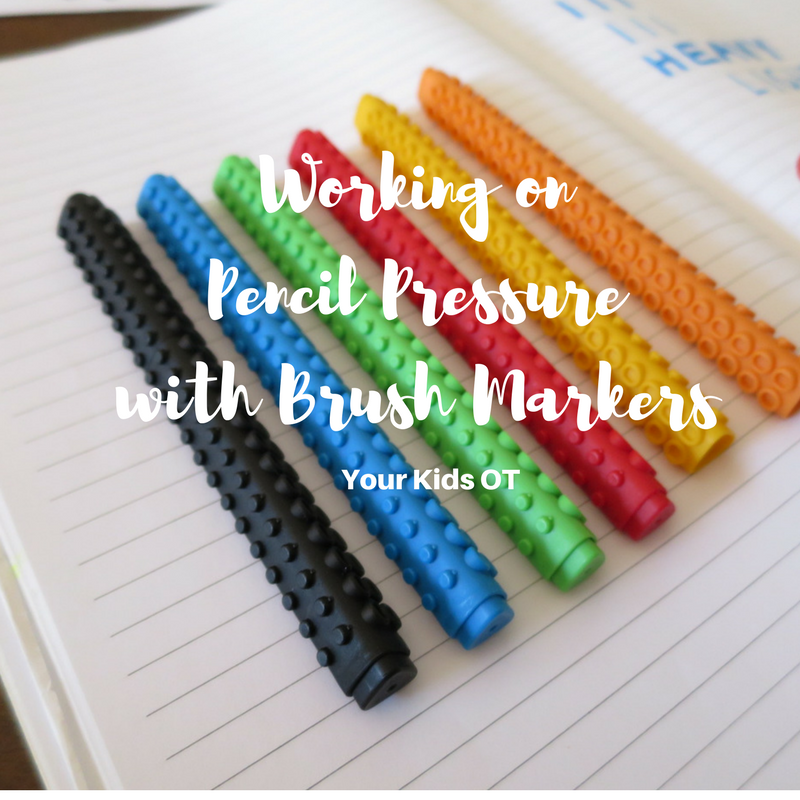
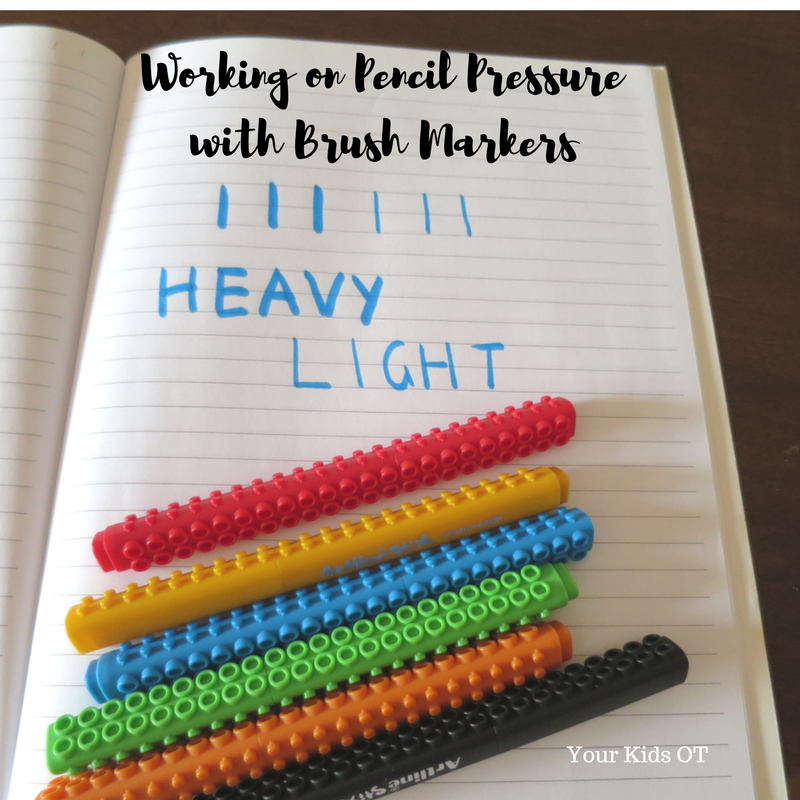
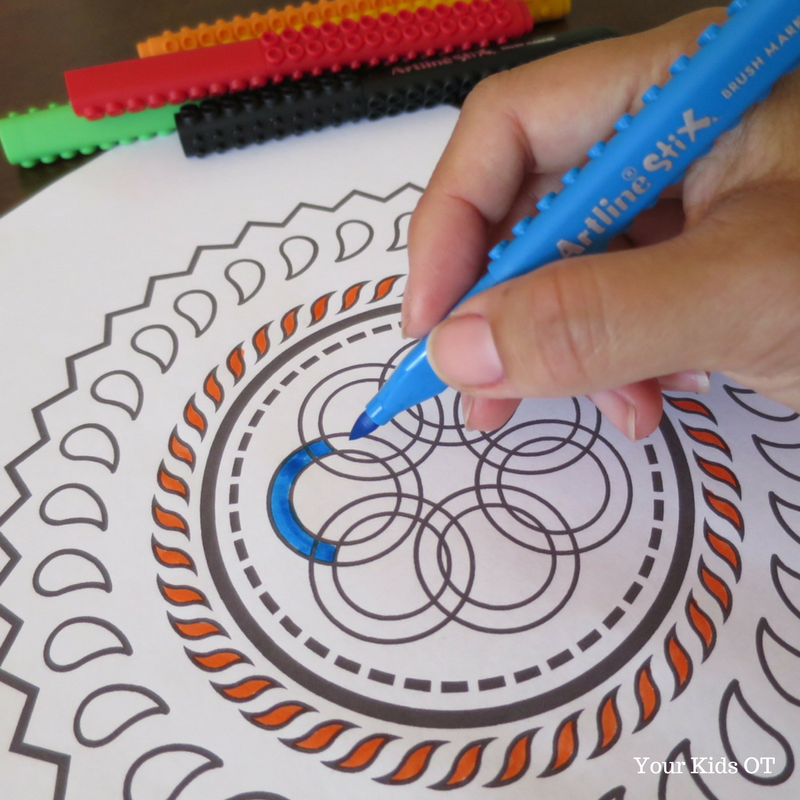

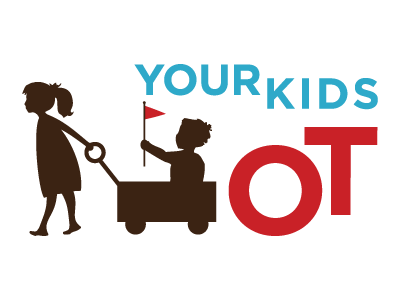
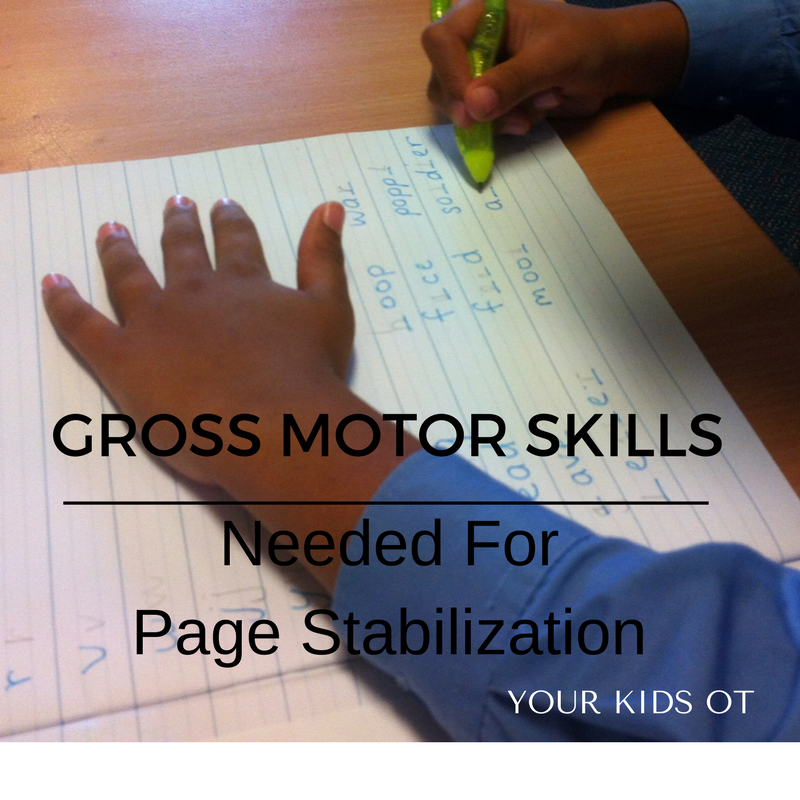
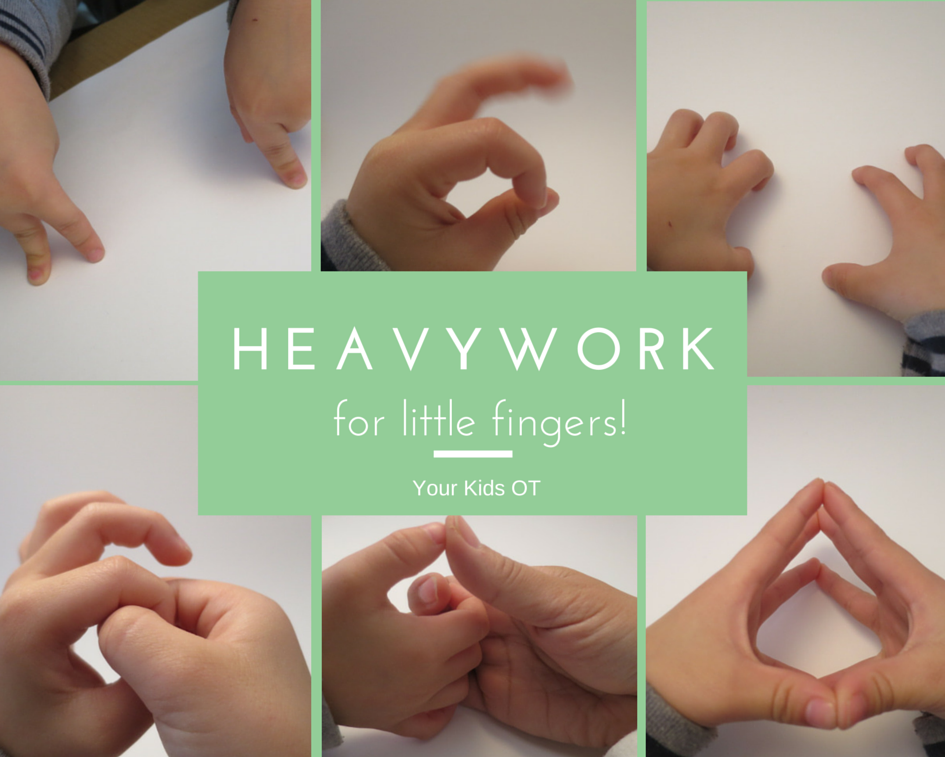
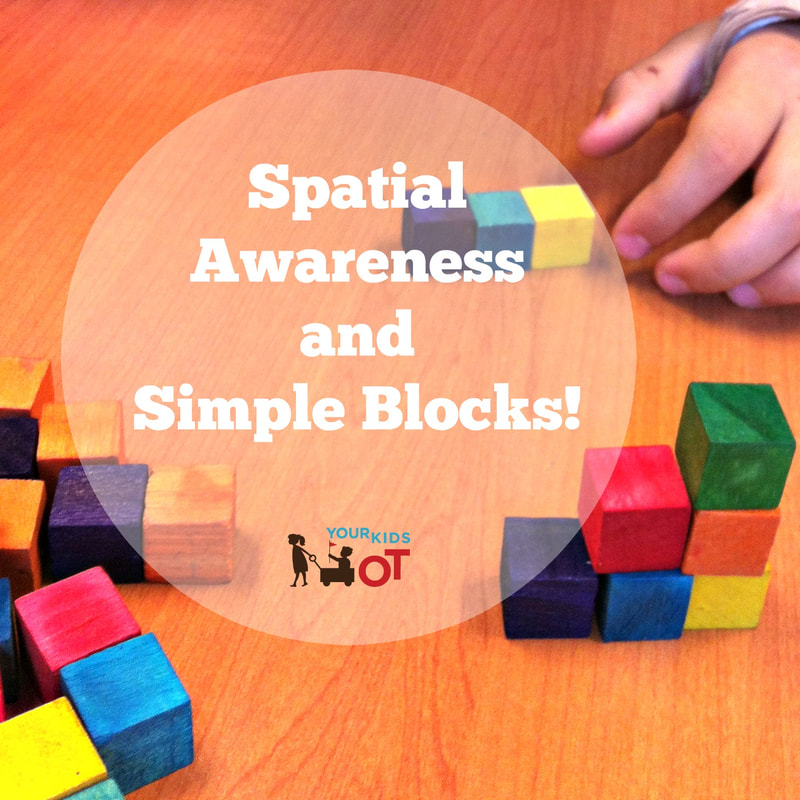
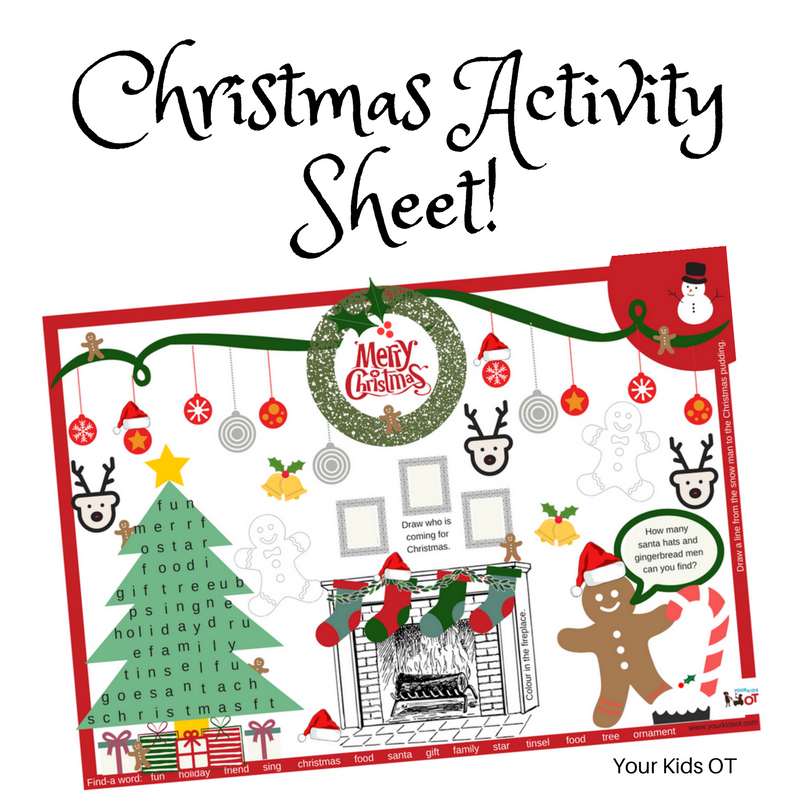



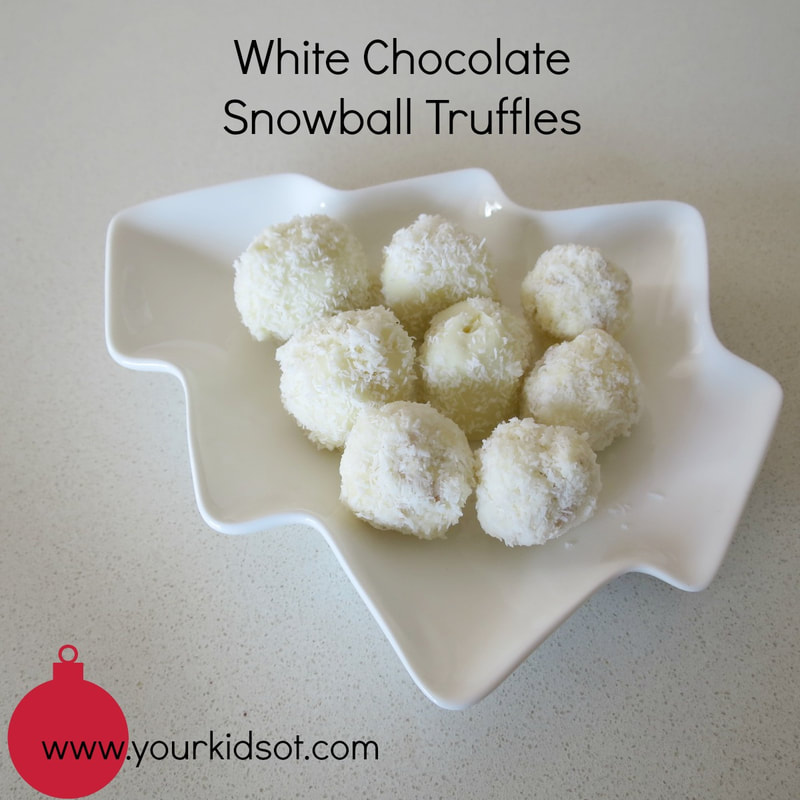
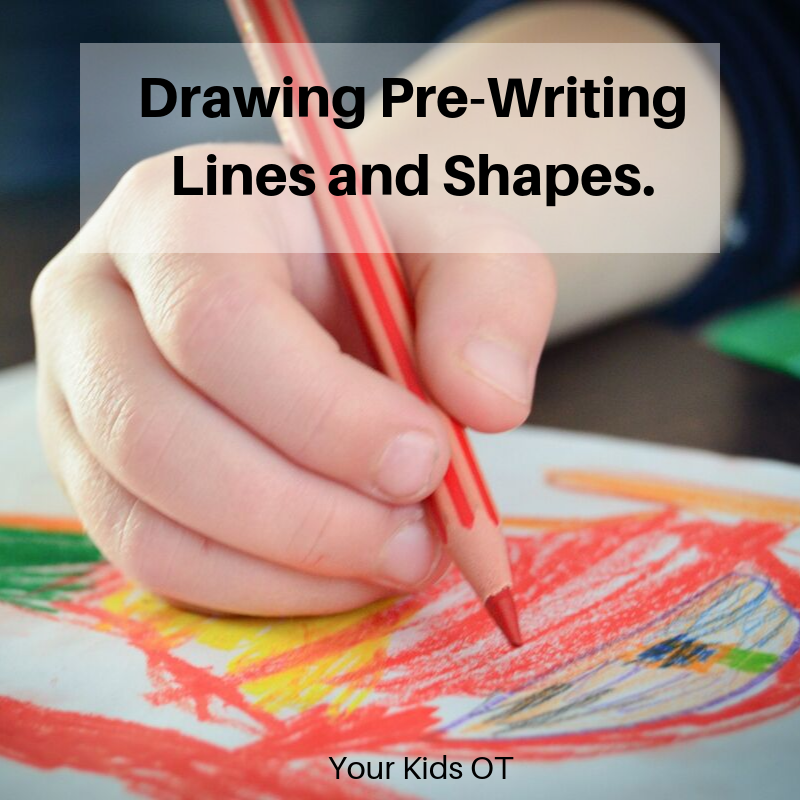
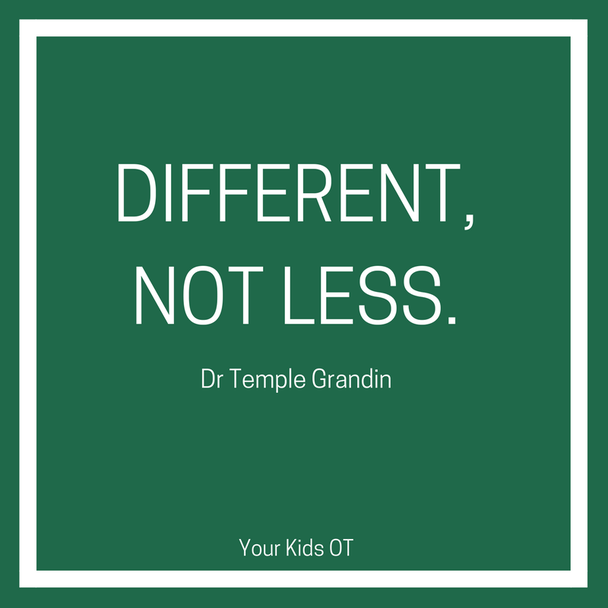

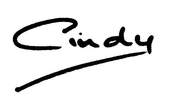

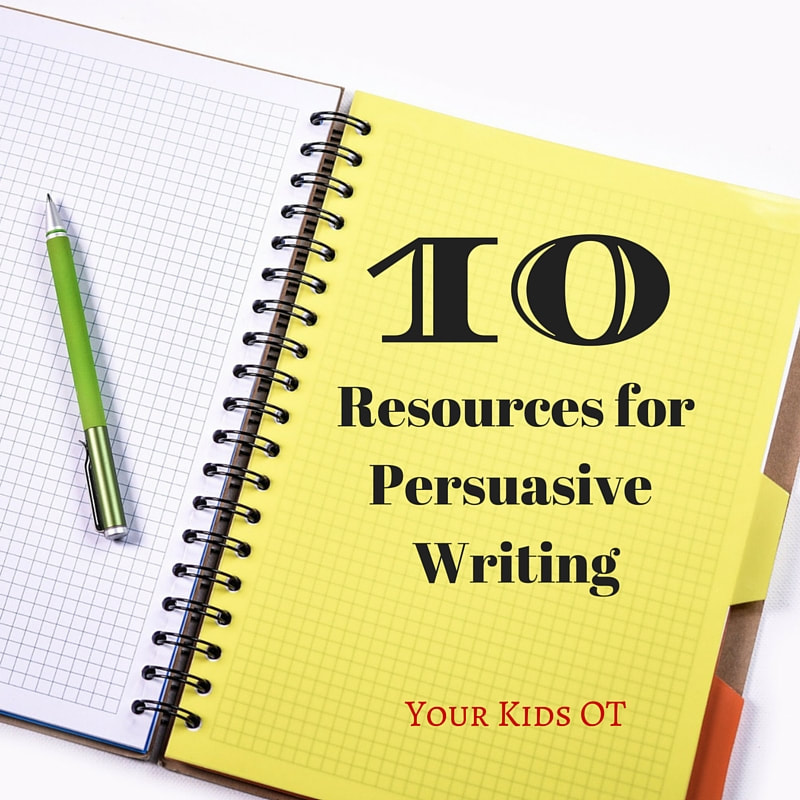
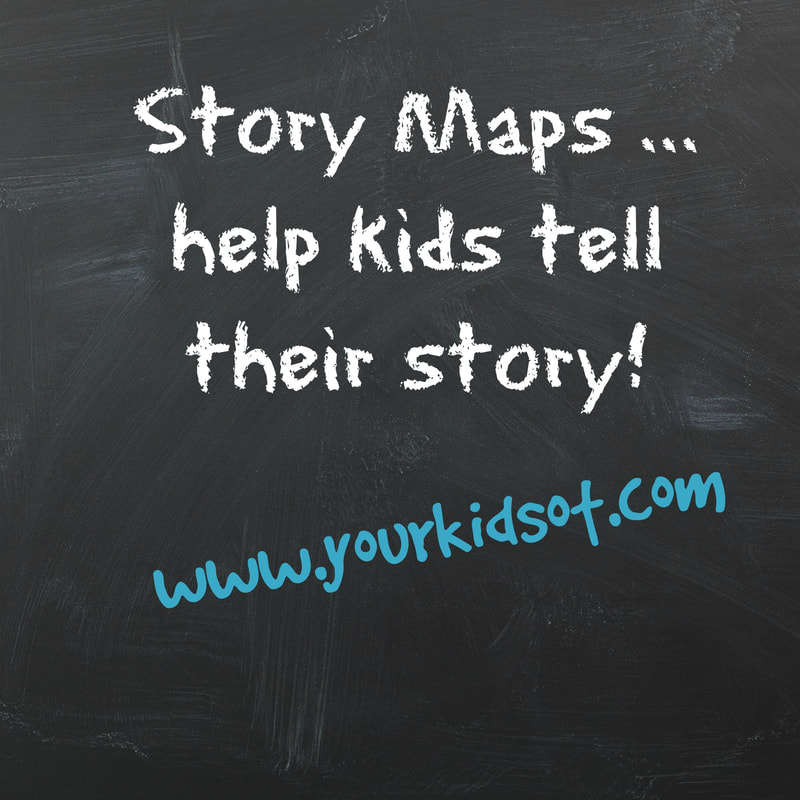
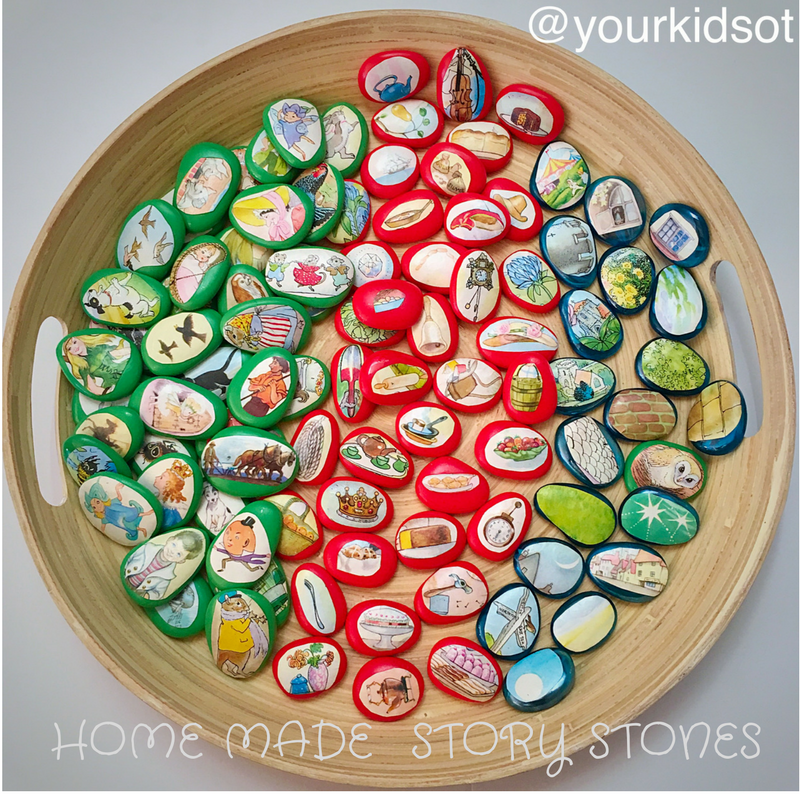
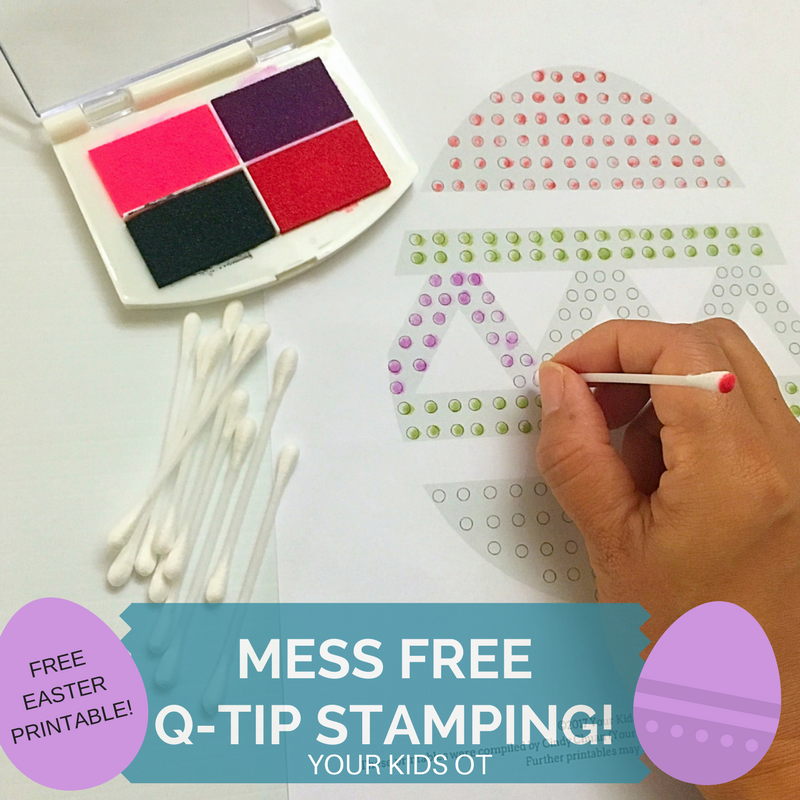
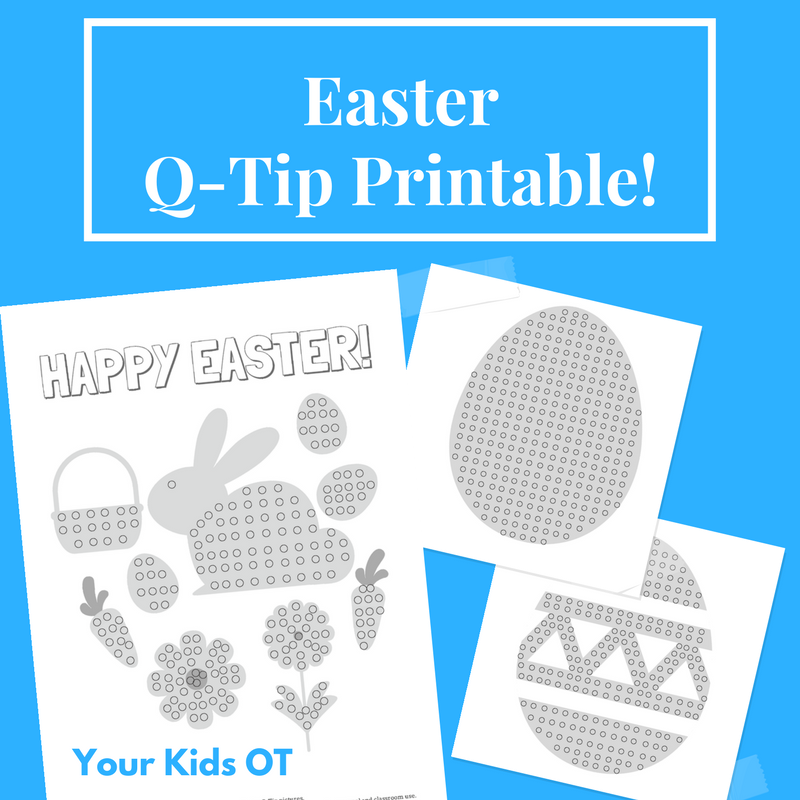
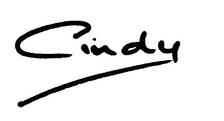
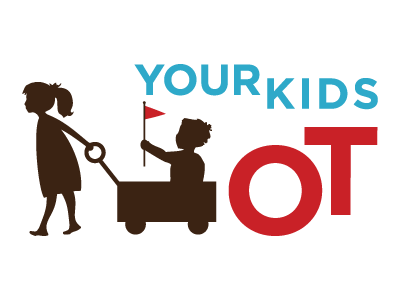
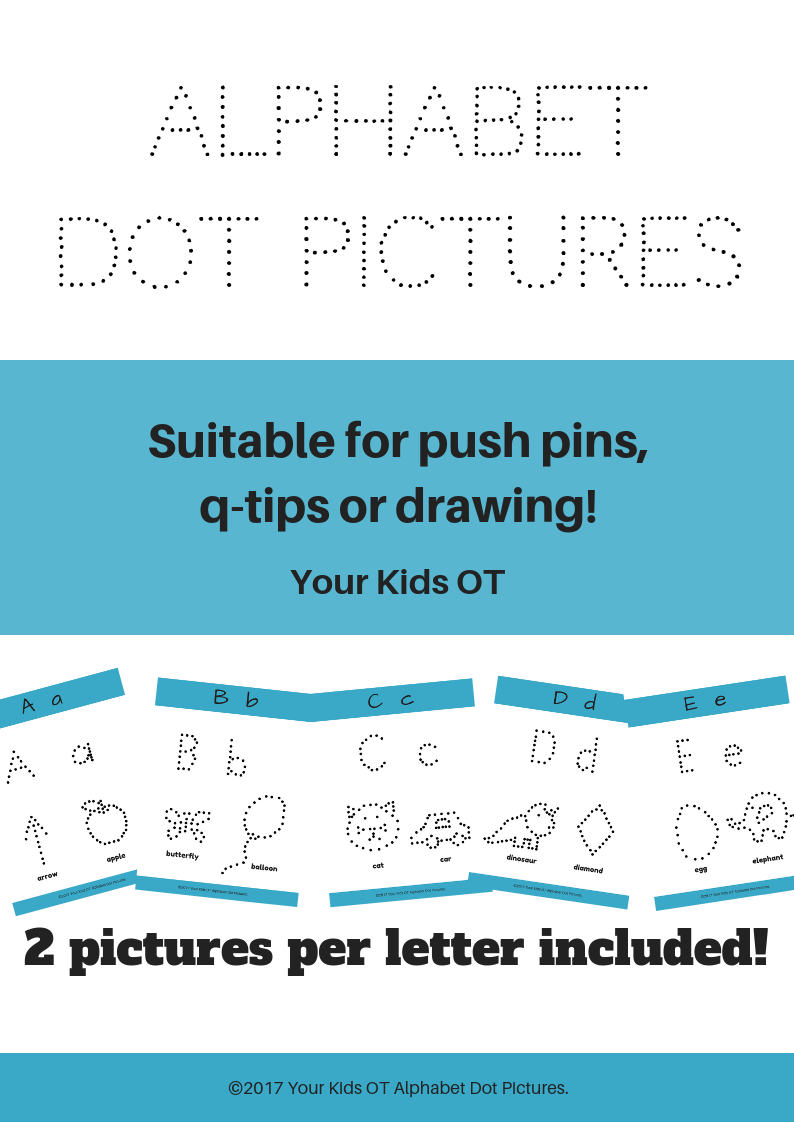
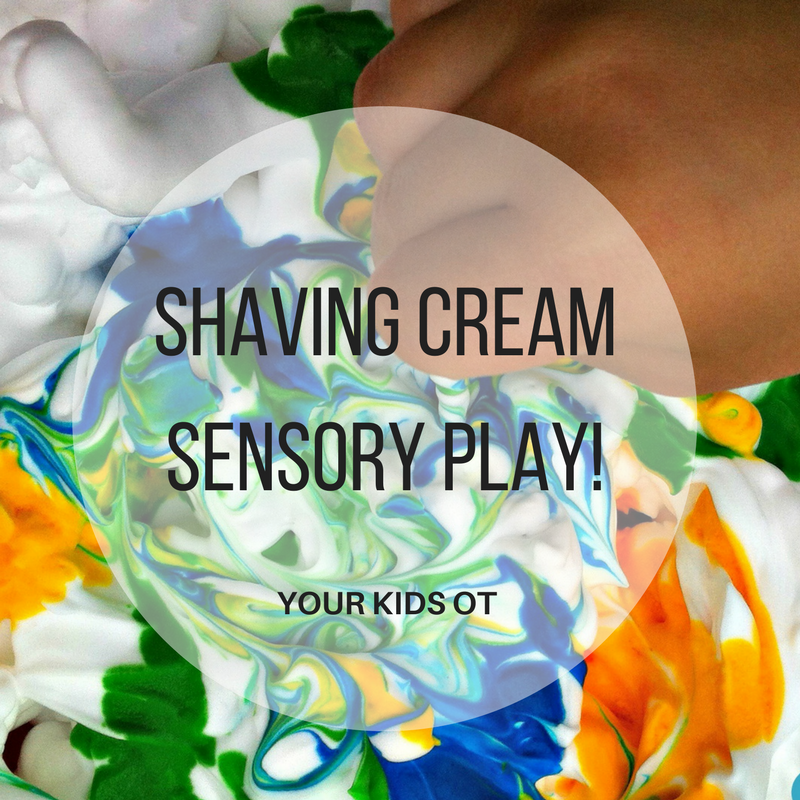

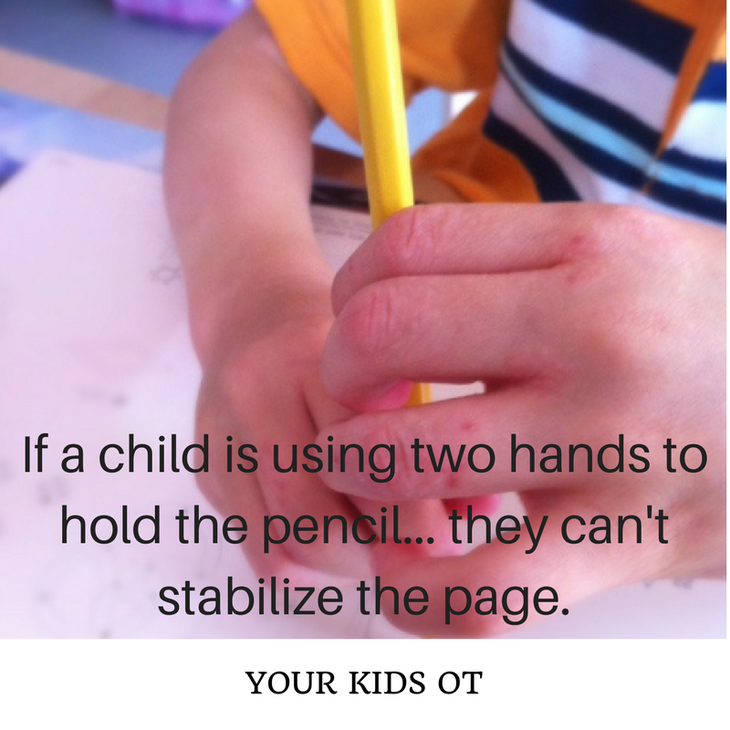





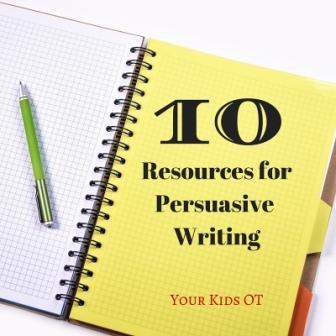
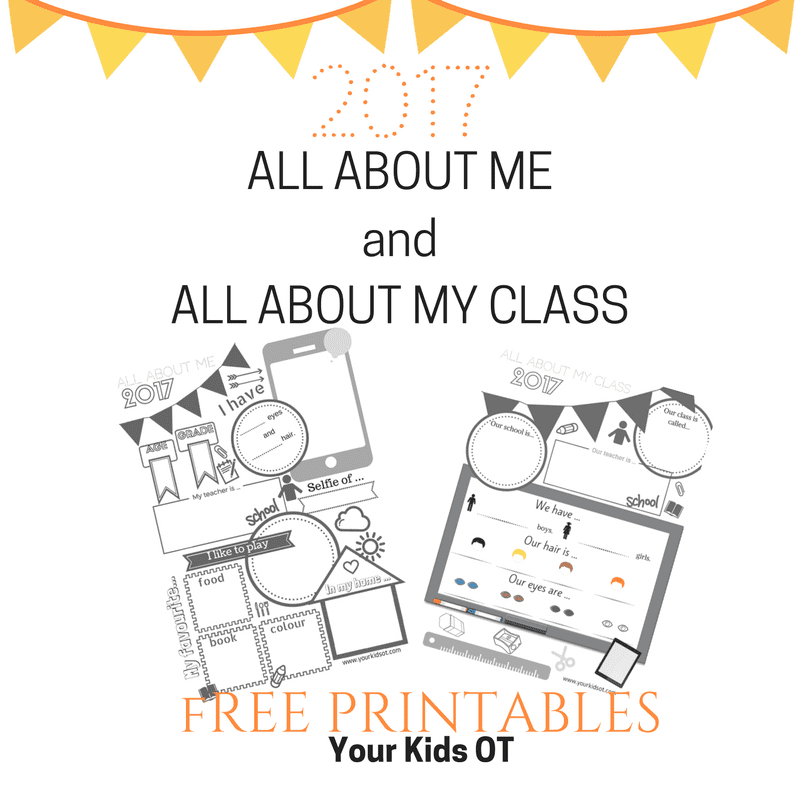
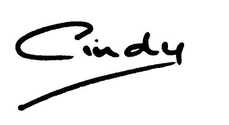
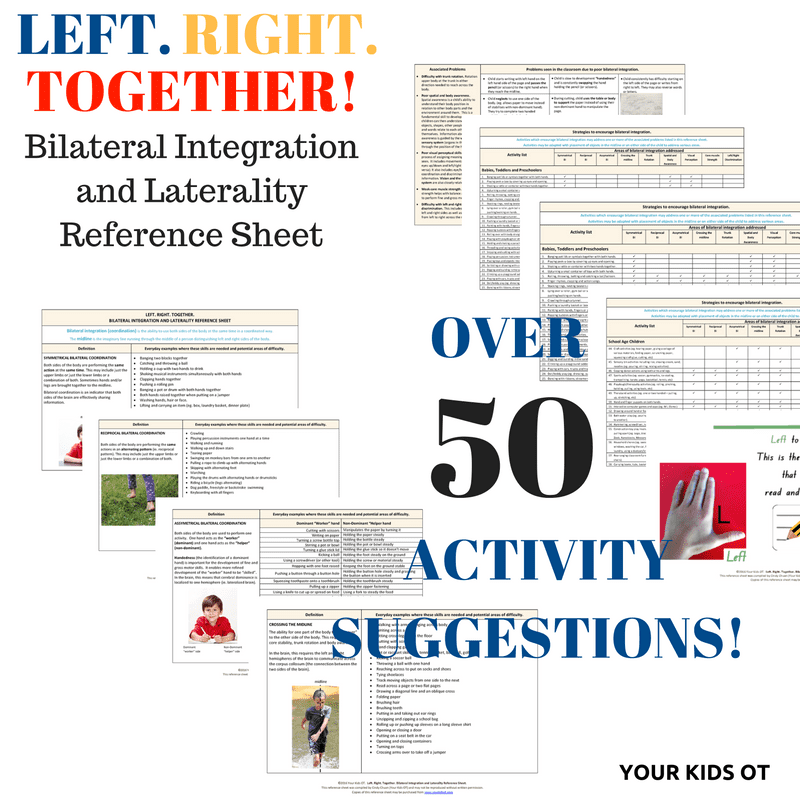
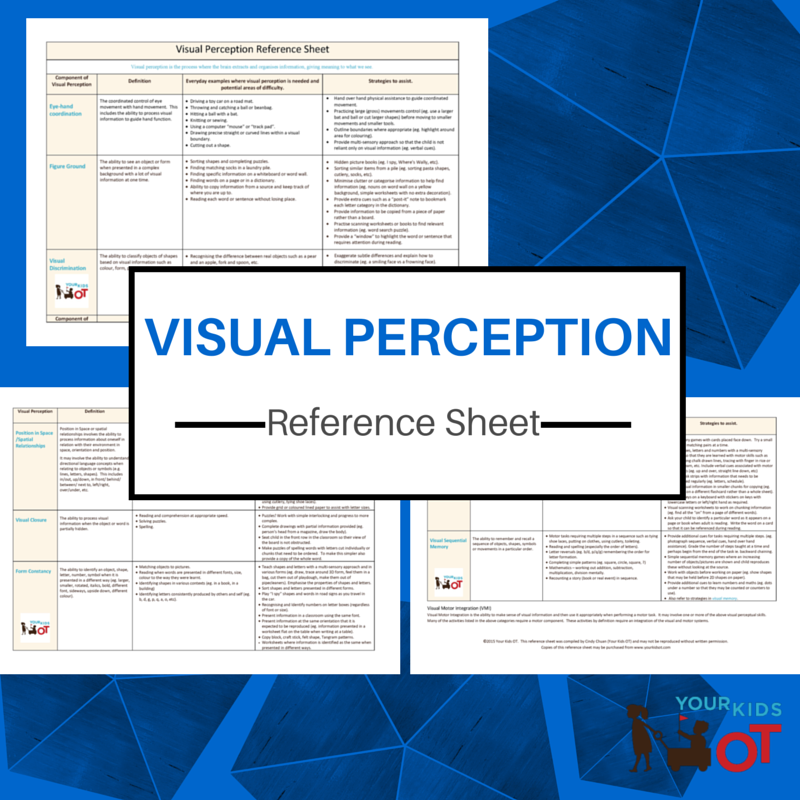
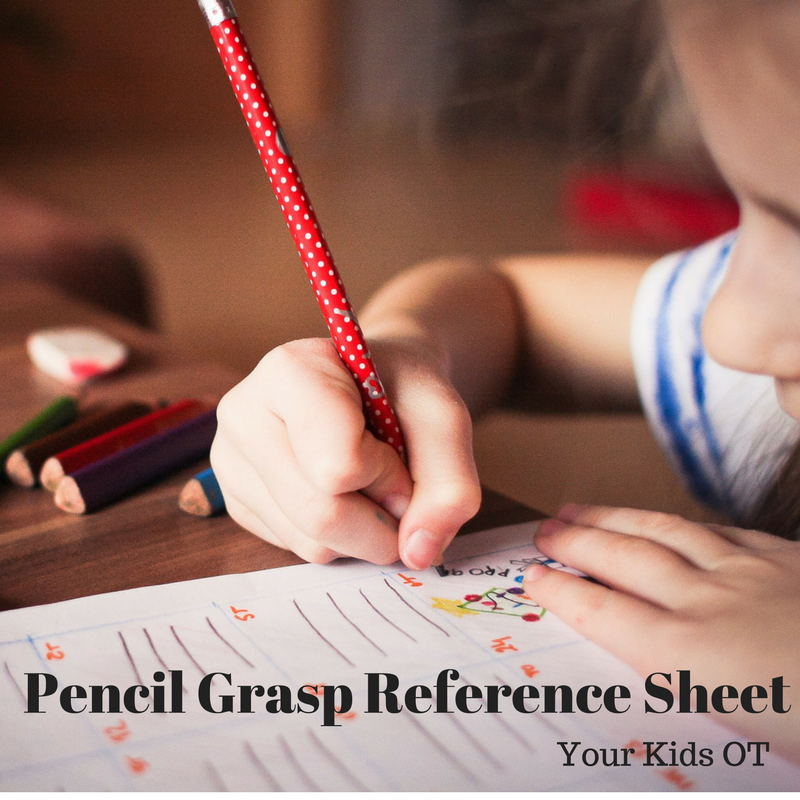
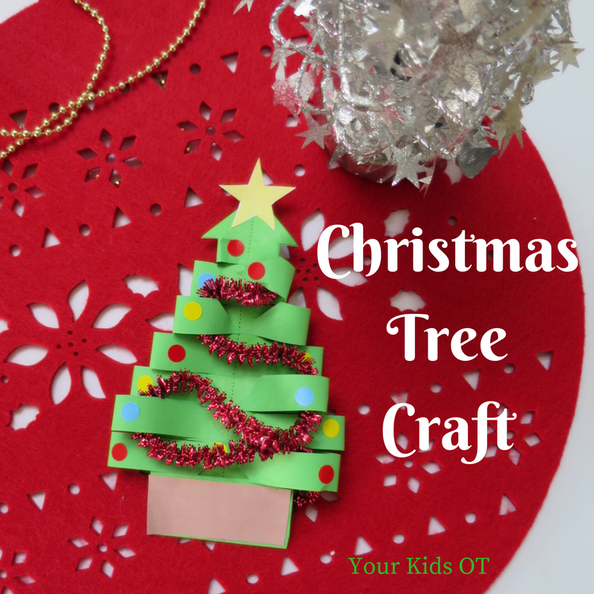
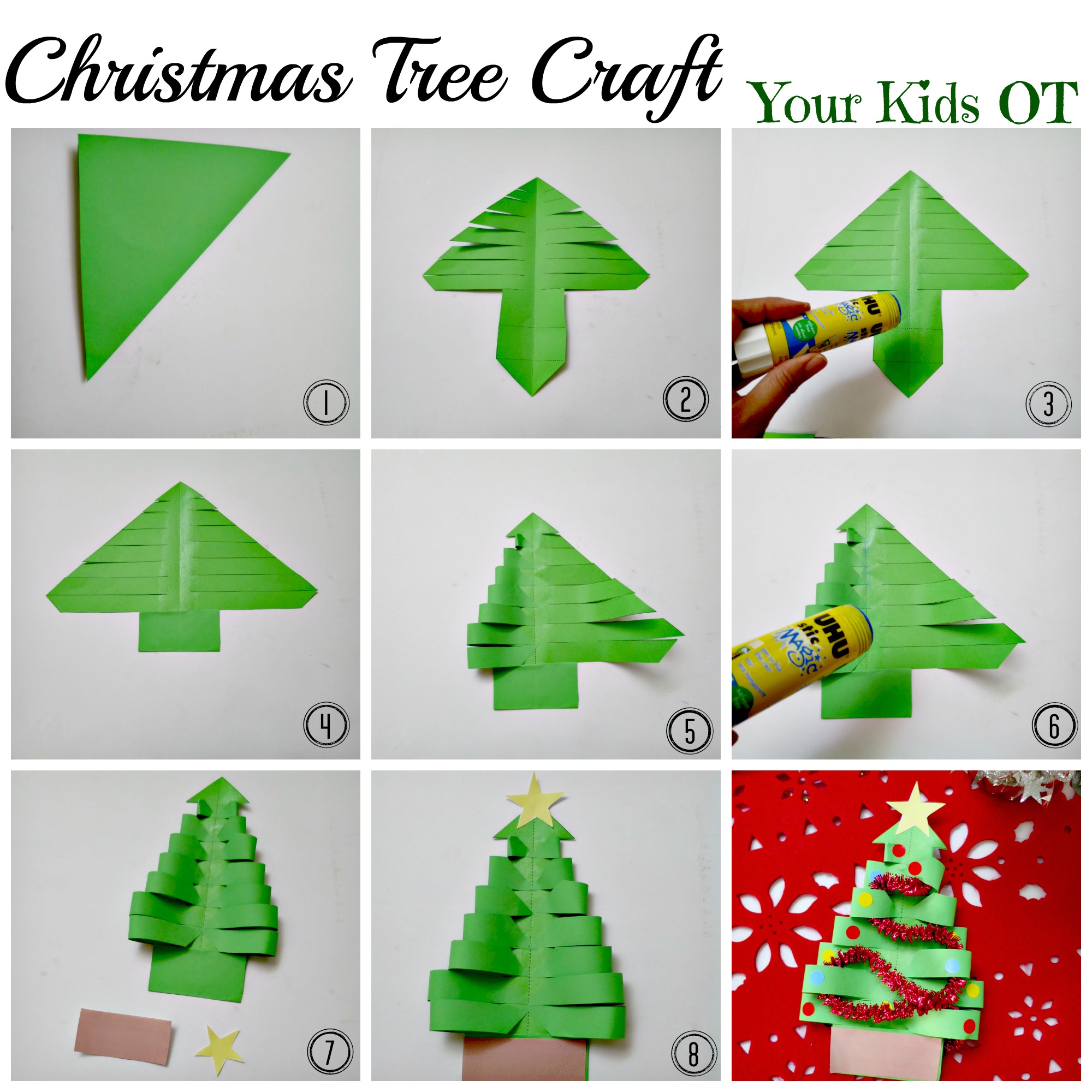
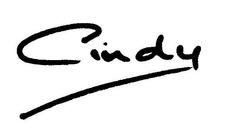
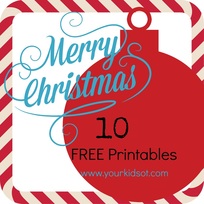


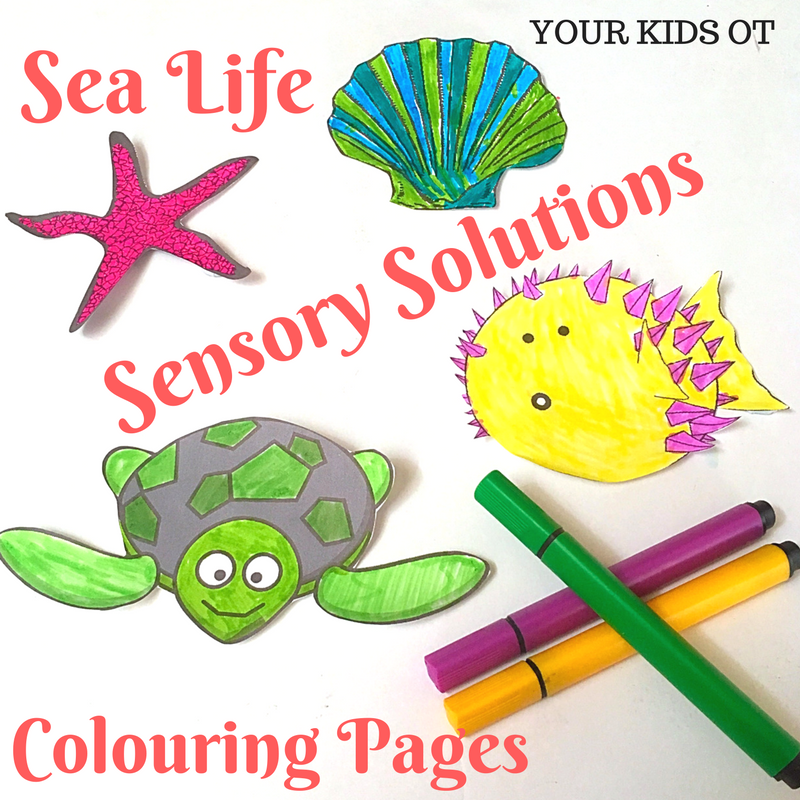
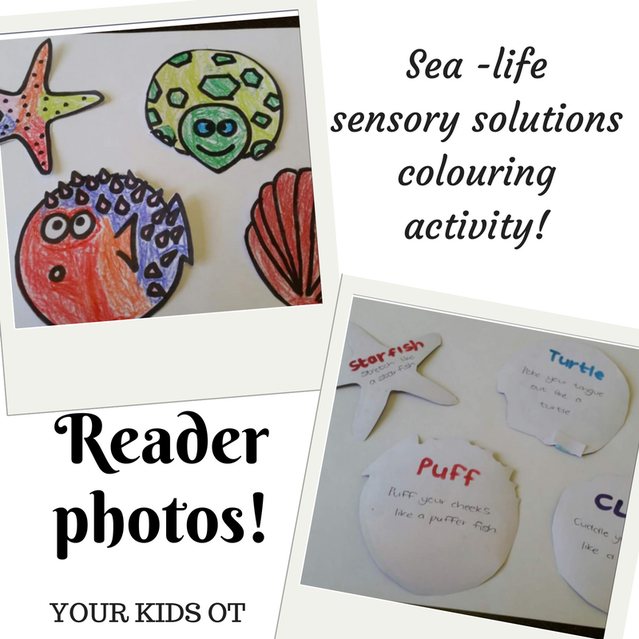
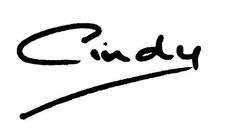
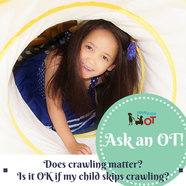
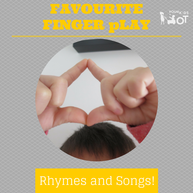
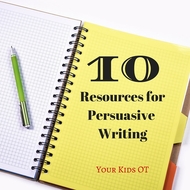
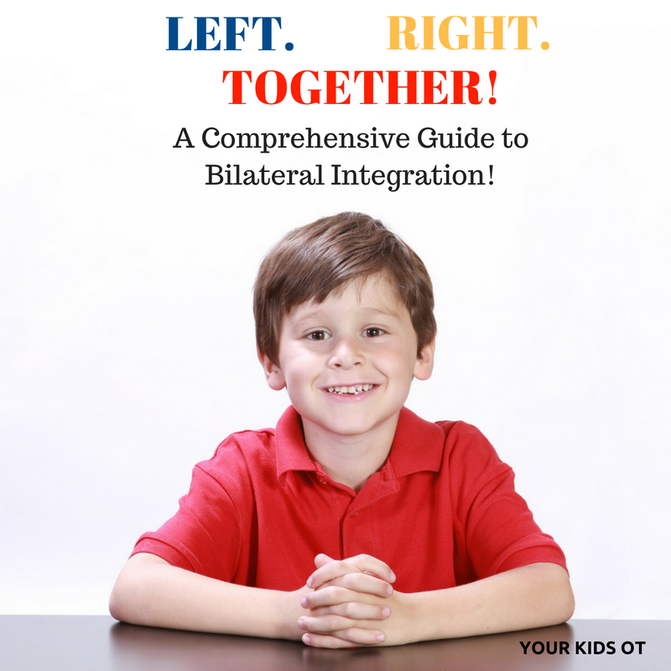
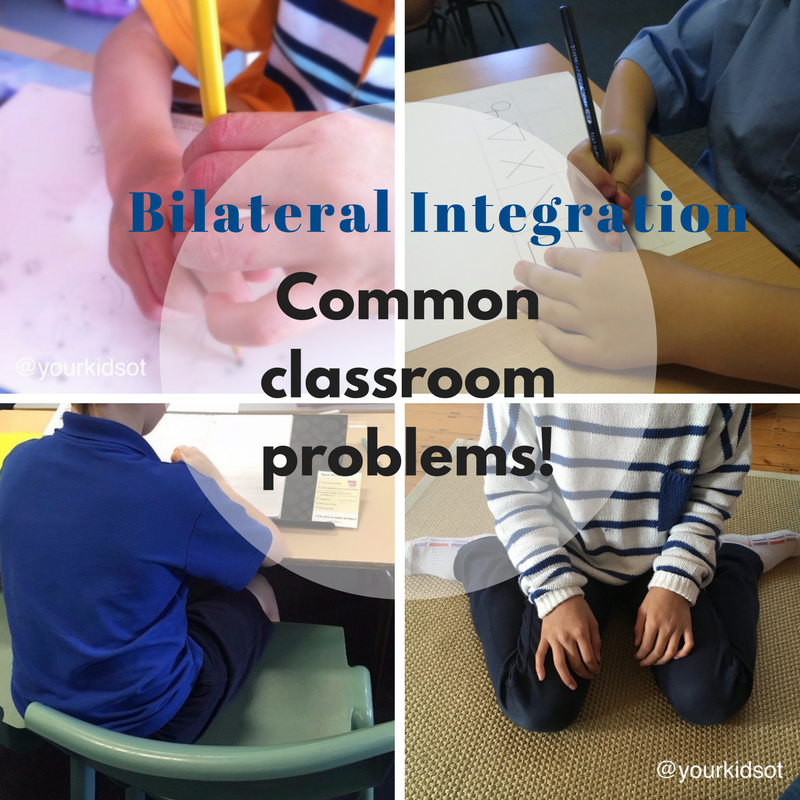
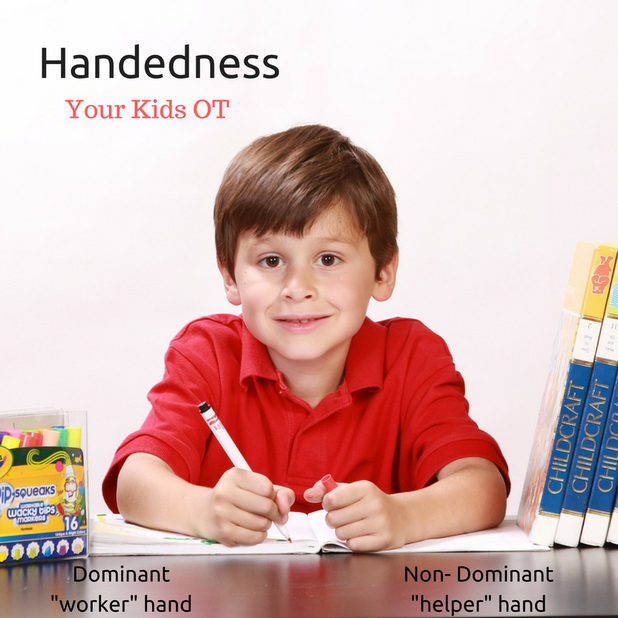
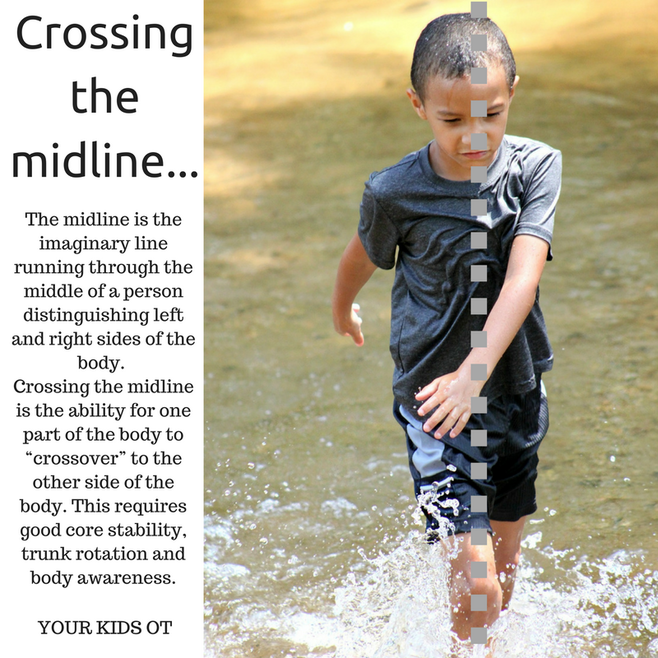
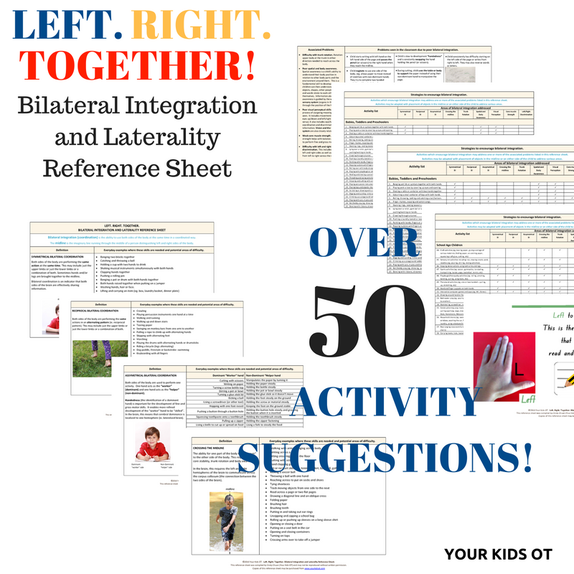
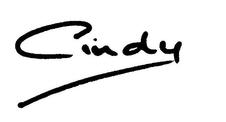

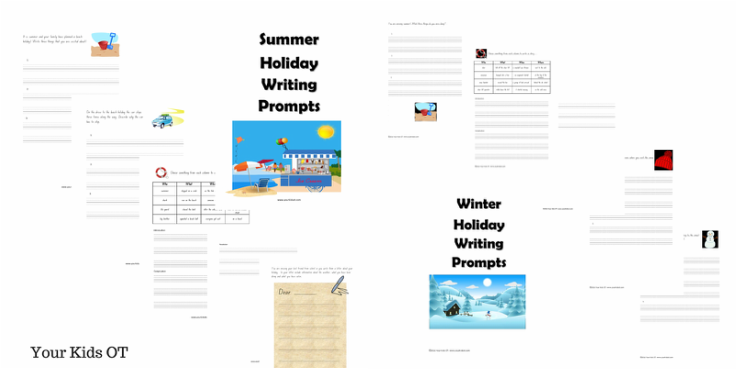
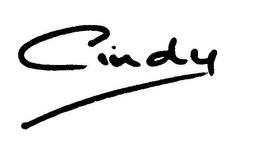
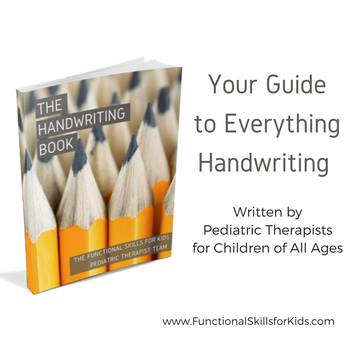
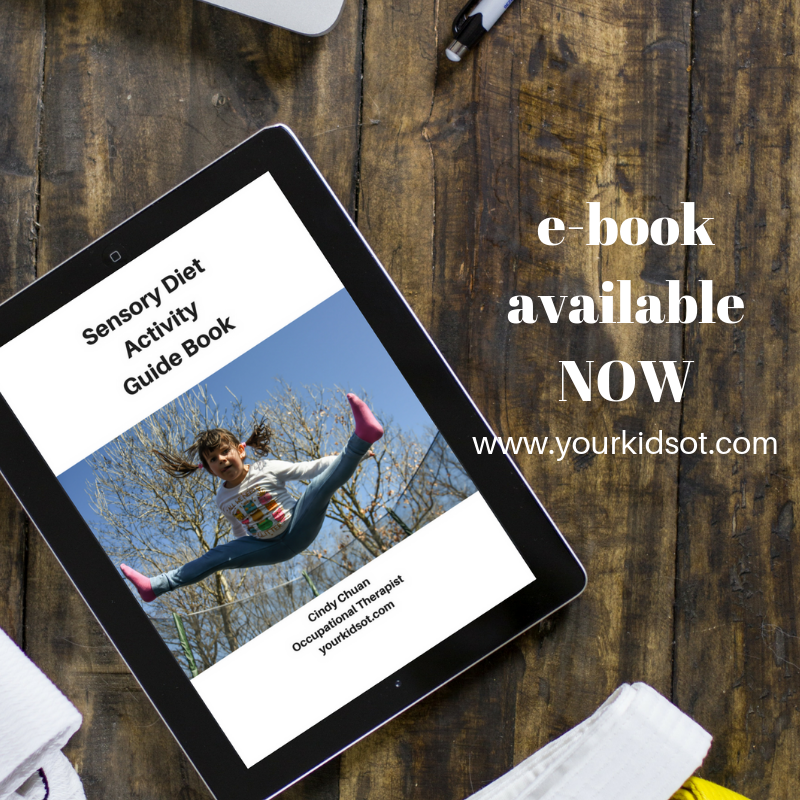
 RSS Feed
RSS Feed
